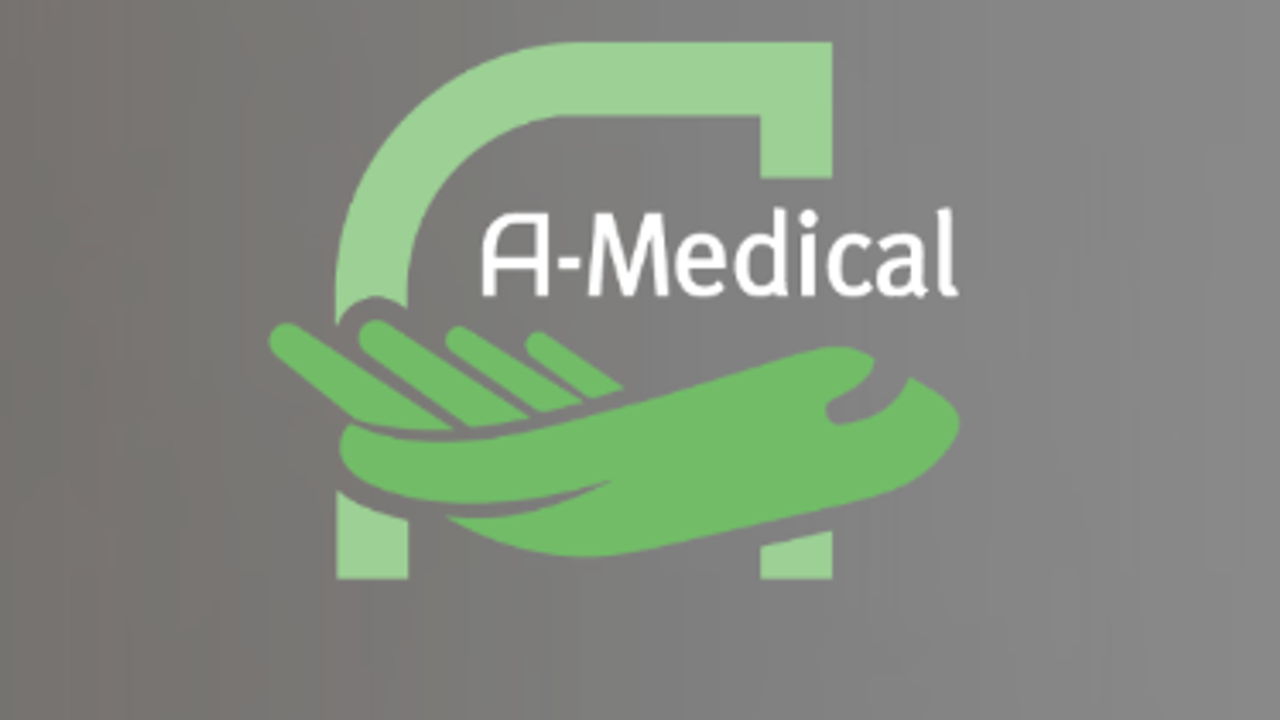To get treatment in clinics with the highest chance of success in autism treatment, one must seek centers that specialize in multidisciplinary, evidence-based interventions backed by long-term clinical data and consistent outcome tracking. The definition of "success" in autism treatment should not be oversimplified. It's not about "curing" autism—a neurodevelopmental condition with a wide spectrum—but rather about maximizing the individual's functional independence, communication ability, social integration, and quality of life. Clinics that consistently achieve these goals are those that employ specialized diagnostic protocols, individualized therapy plans, and continuous clinical reassessment. Their teams are composed not just of general therapists but of autism-specific neurodevelopmental experts, developmental pediatricians, behavioral analysts, and communication specialists who work in tightly coordinated models.
Clinics with the highest success rates often don’t advertise heavily or rely on generalized slogans. Instead, they quietly gather long-term outcome data, publish clinical findings in peer-reviewed journals, and often operate in academic partnerships. They integrate detailed functional assessments like the ADOS-2 (Autism Diagnostic Observation Schedule, Second Edition), Vineland Adaptive Behavior Scales, and real-time EEG-based neuromodulation assessments to determine the most suitable pathway for each patient. Without access to this level of clinical and diagnostic infrastructure, treatment becomes largely generalized and symptom-focused rather than developmentally transformative.
Understanding What “Success” Really Means in Autism Treatment
The phrase "highest chance of success" in autism treatment is frequently misunderstood and oversimplified. For a clinic to offer a high chance of success, it must define success in terms that are clinically measurable and functionally relevant. Success is not about normalization; it is about functional improvement in communication, behavior regulation, and learning adaptability. This includes metrics like improvements in receptive and expressive language, reductions in maladaptive behaviors measured through ABC charts (Antecedent-Behavior-Consequence), and observable growth in executive functioning.
High-performing clinics avoid one-size-fits-all treatments and recognize the neurological and sensory variability among autistic individuals. Some individuals may benefit from high-structure ABA-based interventions, while others require a sensory-integrated, Floortime-based developmental model. Success is defined individually and adjusted regularly through structured progress reviews involving both therapists and caregivers. Clinics that achieve this level of customization have specialized intake teams that analyze historical developmental patterns, genetic data (in some cases), and real-time behavioral analytics.
The clinics that consistently meet these criteria generally operate with a caseload limitation per specialist. This ensures that each therapist or clinician has ample time for session planning, interdisciplinary communication, and post-session analysis—a luxury that mass-scale clinics often cannot afford. These clinics rely on precision diagnostics and constantly evolving data to guide the patient’s treatment pathway, instead of pre-set programs or rigid protocols.
Why Multidisciplinary Integration Is Crucial
Clinics with the highest treatment success rates in autism work within a multidisciplinary framework where professionals collaborate in real time, sharing progress metrics and re-calibrating intervention plans weekly. This includes developmental pediatricians, child neurologists, occupational therapists, behavioral analysts (BCBAs), speech-language pathologists, and educational psychologists. This integrated approach is more than a convenience; it is a medical and developmental necessity due to the complex nature of autism.
These clinics often conduct weekly interdisciplinary team meetings to discuss each case. The decision-making in these clinics is not linear or siloed; for example, a child showing regression in language might be flagged by a speech-language pathologist, whose observations prompt a neurological reassessment that reveals subtle seizure activity previously undetected. Such cross-functional insights are essential and only possible when the team is in continuous, clinically meaningful communication.
In contrast, general therapy centers that claim to treat autism but lack developmental pediatricians or child neurologists often fail to detect co-morbid conditions such as pediatric epilepsy, mitochondrial dysfunctions, or severe sensory integration disorders. These overlooked conditions dramatically alter the treatment response and must be addressed in parallel for the therapy to be effective. High-level clinics also ensure that all team members are certified and trained specifically in autism-focused modalities and not just general child development.
Precision Diagnostics: A Non-Negotiable Foundation
To get treatment in clinics with the highest chance of success in autism treatment, families must ensure that the center uses precision diagnostics as the foundation for all interventions. Diagnostic tools must go beyond clinical observation or parent questionnaires. Clinics that use the ADOS-2 in conjunction with tools like the CARS-2 (Childhood Autism Rating Scale) and SRS-2 (Social Responsiveness Scale) can create a highly specific profile of the child’s strengths and deficits.
In advanced settings, functional MRI or QEEG (quantitative EEG) might be used to map brain connectivity patterns, especially in non-verbal children where behavioral assessments may be inconclusive. These diagnostics allow clinics to distinguish between primary autism traits and secondary behavioral responses, which may mimic core autism but are actually trauma-based or sensory-processing related.
More critically, precision diagnostics guide the therapy itself. For example, if a QEEG reveals underactivation in the dorsolateral prefrontal cortex, the treatment plan may include specific cognitive training and neurofeedback modules that target executive function deficits. Without this granularity, treatments become generic, and outcomes suffer. The best autism treatment centers in the world rely on these high-resolution insights to design interventions that go far beyond surface-level behaviors.
Importance of Early Neuroplasticity-Targeted Intervention
To maximize success in autism treatment, clinics must leverage early neuroplasticity through developmentally-timed interventions that align with the child's sensitive periods of brain development. High-performing clinics don’t merely start early; they start strategically. They understand that certain brain circuits—particularly those related to language acquisition and social cognition—are most malleable before the age of five. However, age alone is not enough. The timing of intervention must match both the child’s developmental readiness and specific neurofunctional deficits.
For instance, a child under the age of three with significant joint attention deficits might be enrolled in a program heavily grounded in PRT (Pivotal Response Treatment) with parent-mediated modules, whereas a slightly older child with rigid behavioral schemas and moderate expressive language might benefit more from a hybrid DIR/Floortime and CBT framework. Knowing what to implement and when is critical, and it demands clinicians who are highly specialized in the neurodevelopmental progression of autism.
Such interventions are often accompanied by objective progress tracking tools like Mullen Scales of Early Learning or the Early Start Denver Model Curriculum Checklist. Clinics with a high chance of success do not wait for months to observe progress—they evaluate weekly and adjust quickly. This ensures that the brain’s plasticity window is utilized to its fullest extent, and therapeutic momentum is never lost due to inaction or generic routines.
Family Involvement and Clinical Responsiveness
High-impact clinics incorporate structured family involvement into the treatment process—not as a courtesy, but as an integral clinical component. This involvement is not limited to casual updates. It includes formal training sessions, home-based data collection, and strategy meetings that equip parents with the tools to generalize therapeutic gains. Clinicians teach parents how to reinforce therapeutic targets in daily routines using evidence-based practices.
These centers also offer real-time feedback systems where parents and clinicians communicate progress, regressions, or behavioral anomalies that might affect treatment efficacy. For example, if a child experiences behavioral dysregulation during transitions, the parent can log it into a secure app which alerts the therapist, triggering an adjustment in transition strategies during the next session. This creates a dynamic feedback loop that directly increases the chances of success.
Moreover, family training programs are often built around formal curricula such as RUBI (Research Units in Behavioral Intervention) or Project ImPACT. These programs are not optional add-ons—they are part of the clinic’s core offering and are administered by certified clinicians who evaluate family readiness, learning style, and practical feasibility. This level of precision in family engagement is what separates clinics with high success rates from general service providers.
Post-Treatment Monitoring and Long-Term Outcome Tracking
Clinics with the highest chance of success in autism treatment do not discharge patients into ambiguity once a therapy phase is complete. Instead, they offer structured post-treatment monitoring, often involving quarterly reassessments and long-term functional outcome tracking. This includes re-administering diagnostic tools, classroom integration assessments, and even social network mapping to evaluate real-world social inclusion.
High-performance clinics often maintain relationships with educational institutions to monitor generalization of therapy into school settings. They evaluate not only the child’s academic functioning but also peer interaction, classroom behavior, and adaptive functioning across multiple contexts. If a drop in any domain is observed, booster sessions are recommended before the regression solidifies.
Longitudinal data from these centers often feeds into clinical research. Families benefit from this by accessing cutting-edge methodologies that have been validated through multi-year studies. This ongoing connection ensures that treatment gains are not temporary and that the child's developmental trajectory is consistently supported even as new challenges emerge with age.
Conclusion
To receive treatment in clinics with the highest chance of success in autism treatment, families must look beyond brand names or proximity and focus instead on specialization, precision diagnostics, multidisciplinary integration, neuroplasticity-timed intervention, and longitudinal outcome tracking. These clinics operate with a degree of clinical sophistication that allows them to tailor each therapy plan to the individual’s neurodevelopmental profile, leveraging every possible angle for meaningful progress.
While such centers may not always be easily accessible, their methodologies set the standard for what effective autism intervention should look like. Whether through remote collaboration or in-person sessions, aligning with such a clinic can significantly change the developmental trajectory of an autistic individual—not by imposing neurotypical standards, but by fostering communication, independence, and well-being in the most scientifically grounded way possible.

















